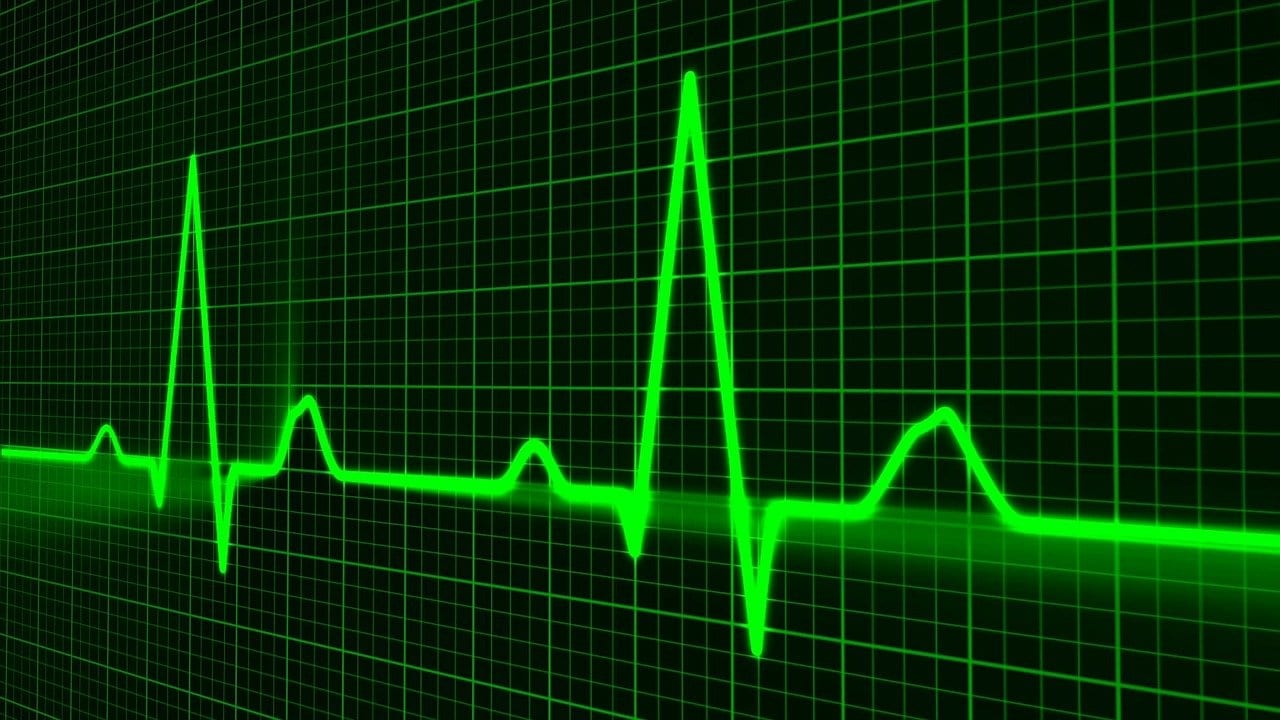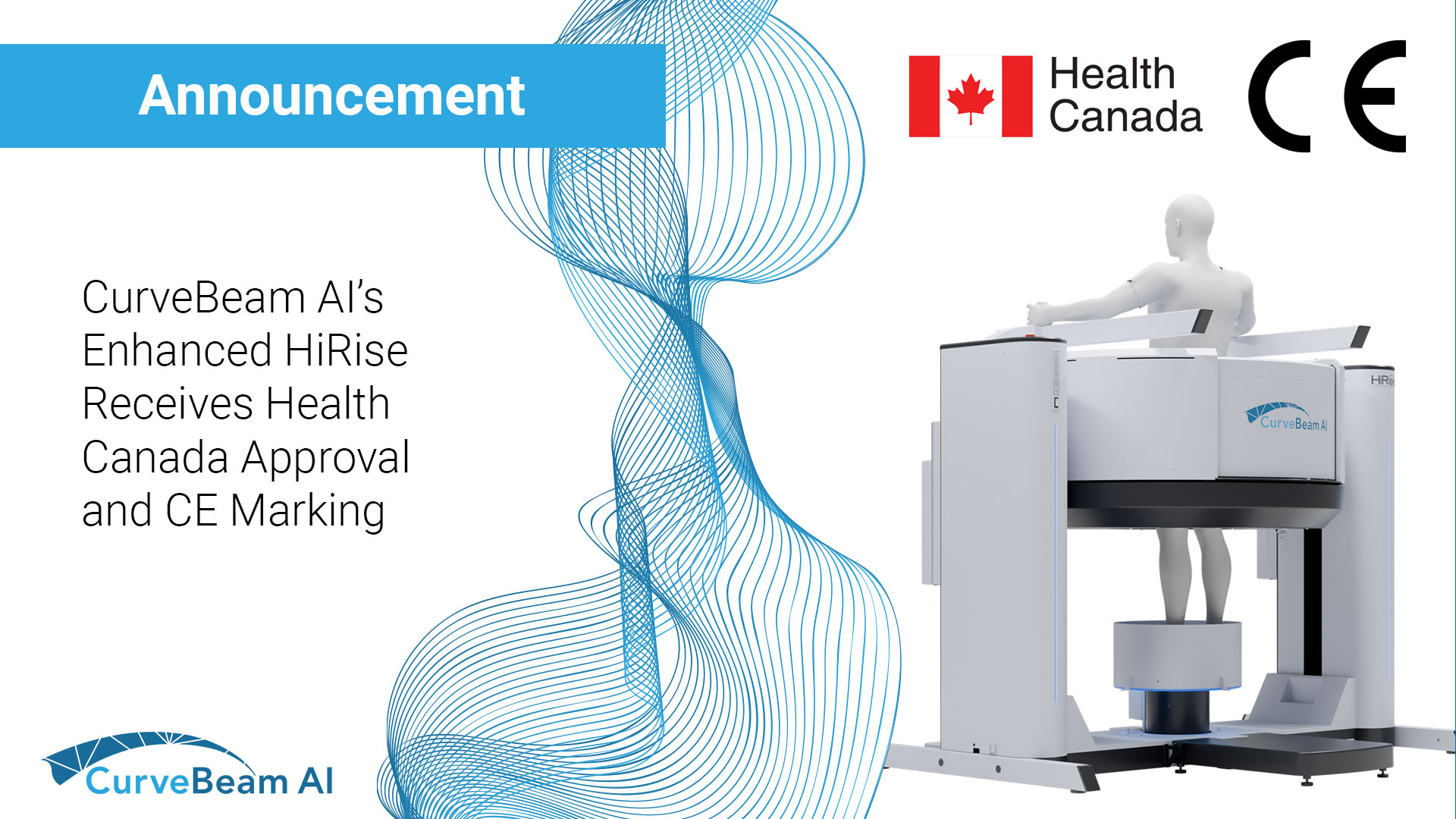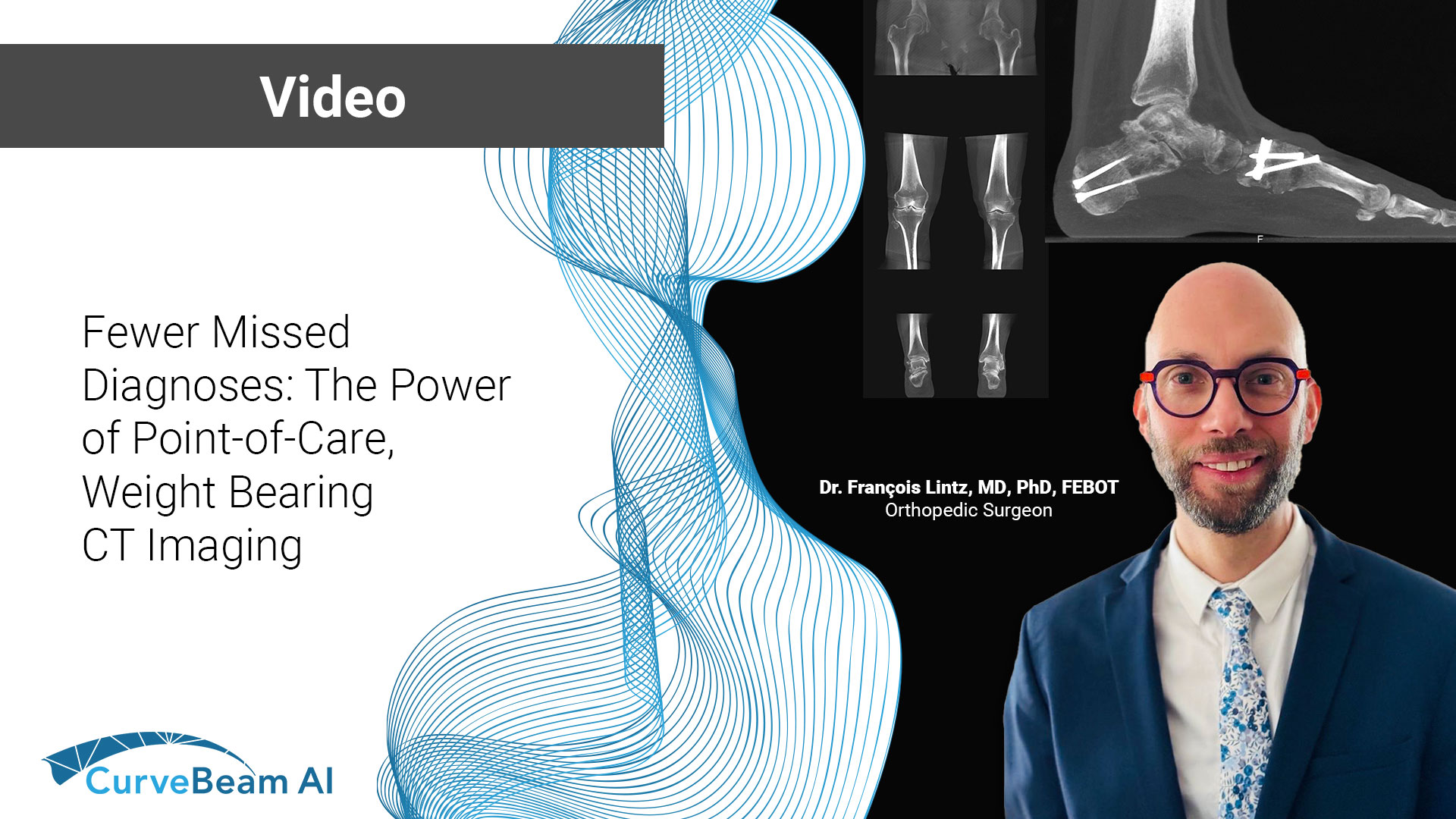Hatfield, PA — July 1, 2025 — CurveBeam AI, a global leader in weight bearing…

Healthcare costs have skyrocketed in recent years
This trend has bewildered patients, who see their medical bills ballooning with no commensurate improvement in care. As a result, medical professionals and administrators are on the hunt for the cause of this spike in costs. One common scapegoat is diagnostic imaging, such as Computerized Tomography (CT) scans and x-rays. These technologies have been painted as expensive, unnecessary, and overused just to line the pockets of greedy doctors and hospitals. But is that really the case?
This question was investigated by Molly T. Beinfeld and G. Scott Gazelle in their paper “Diagnostic Imaging Costs: Are They Driving Up the Costs of Hospital Care?” for the Radiological Society of North America. Benfield and Gazelle gathered and analyzed billing data for 17,139 patients admitted to Massachusetts General Hospital between 1996 and 2002. This data clearly showed an obvious increase in patient costs, but the causes of this increase, and the conclusions that can be drawn from them, are less obvious.
On average, total patient costs increased about 8% per year, and imaging costs also increased 8% per year. This means that medical imaging costs did not drive up overall costs any more than any of the other services that the hospital provides. Additionally, this 8% increase in imaging costs is even more benign than it seems. Between 1996 and 2002, the number of CT and MR images obtained at Massachusetts General more than doubled, but the cost per image actually went down thanks to technological improvements. The underlying causes behind these two facts help to illustrate the difficulty in pinning the blame for the rise in medical costs on any one factor.
One large reason for the increased use of medical imaging is because medical imaging technology has improved, making it a more powerful tool that can be applied to conditions that it previously wasn’t. During the range of the study, the usage of CT scans for patients undergoing appendectomies increased nearly 800% and the usage for patients with stroke and transient ischemic attack more than doubled. The use of these images allowed doctors to better treat their patients, and its cost was likely defrayed by the resultant decrease in use of other methods. The cost per CT fell by nearly half over the course of the study, in part due to the increase in number of CT scans performed and the resultant decrease in per-scan fixed indirect costs. By looking at a cost benefit analysis, the rise in use of CT scans makes perfect sense.
Average CT imaging costs vary widely from a few hundred dollars to several thousand, depending on a patient’s location, healthcare provider network and insurance status. According to a recent piece in Health magazine, prices range from $410 to $2,334. For customers who are uninsured and pay with cash within 60 days, there may be a discount: the average CT scan price without insurance ranges from $1,016 to $1,440. Medicare Part B covers CT scans when your provider orders them, but deductible and copayment may apply. For other only covered under Medicare Part A, the cash price for a CT scan varies. Despite the costs, the CT scan is considered cost effective in many circumstances and is well-studied.
Identifying the underlying reasons for why healthcare has continuously become more expensive is the first step in tackling the rising costs problem. As the work of Beinfeld and Gazelle shows, there is more to the rise in medical costs than meets the eye. Usage of CT imaging has increased greatly, but that is merely because it has become more effective at helping doctors to diagnose and treat their patients, and it has also become more affordable to use as a result. The increased use of CT imaging has in fact likely served to temper the rise in healthcare costs while also helping to minimize morbidity and mortality among the patients it serves. Understanding that CT imaging is not as expensive as commonly believed is important because it helps healthcare professionals to make better decisions about patient care.




